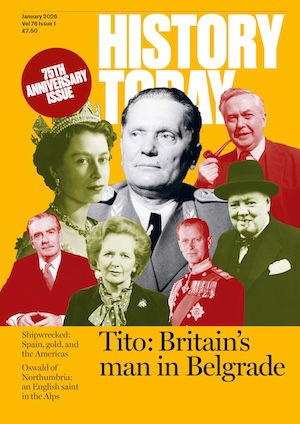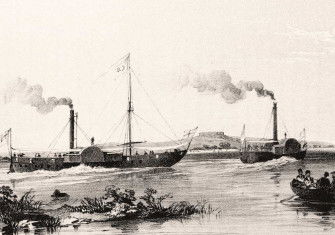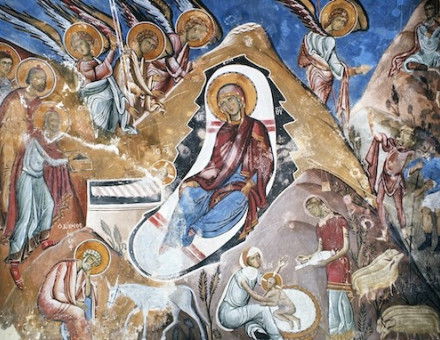Was Dunsterforce a Disaster?
At the end of the First World War a British force under Major-General Lionel Dunsterville launched a daring campaign to cut off Ottoman oil supplies at Baku.

On a bleak morning in January 1918 one of the oddest military formations ever put into the field by imperial Britain set out from Khanaqin, in what is now Iraq, to cross the border into Persia. ‘Dunsterforce’, as it was called, consisted of just 41 Ford vans and cars with their drivers, two sergeant clerks, and 12 officers. Ahead of it lay a journey of some 700 miles on roads not built for wheeled traffic across mountainous, snow-covered, and famine-stricken territory.
The force commander, Major-General Lionel Dunsterville, was making for Enzeli, a Persian port at the foot of the Caspian Sea. From there he hoped to sail to Baku, the capital of present-day Azerbaijan on the western shore of the Caspian, before travelling across the Russian-controlled Caucasus to Tbilisi. His vans carried large sums of money in British gold and Persian silver to bribe Georgian and Armenian forces to fight the Ottoman Turks.







